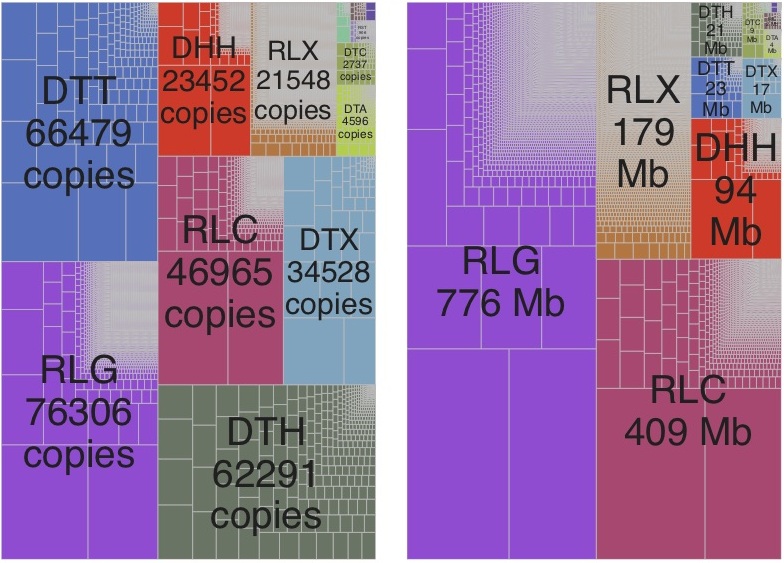
A rich evolutionary history of transposable element families in the maize genome (bioRxiv)
Plant Science Research WeeklyTransposable elements (TEs) make up nearly ~85% of the maize genome. Stitzer et al. report a comprehensive analysis of diverse TE families in maize based on the improved annotation of the updated B73 genome assembly. The authors found all of the known plant TE superfamilies in the maize genome, with…
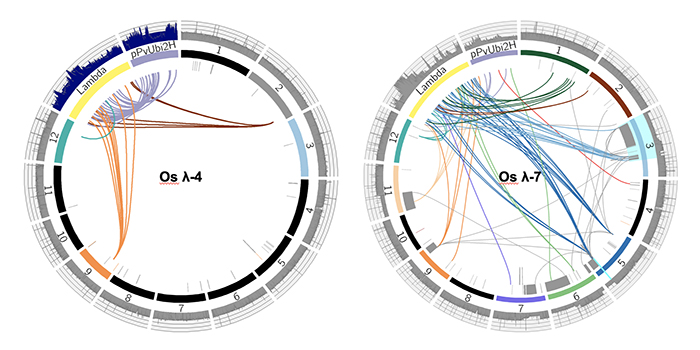
Impact of Biolistic Transformation on the Genome
Research, The Plant Cell, The Plant Cell: In a NutshellLiu et al. show that biolistic transformation can cause extensive damage and rearrangements, including deletions, duplications, chromosome fusions, and copy number variations. Plant Cell https://doi.org/10.1105/tpc.18.00613
By Jianing Liu and R. Kelly Dawe, Department of Genetics, University…
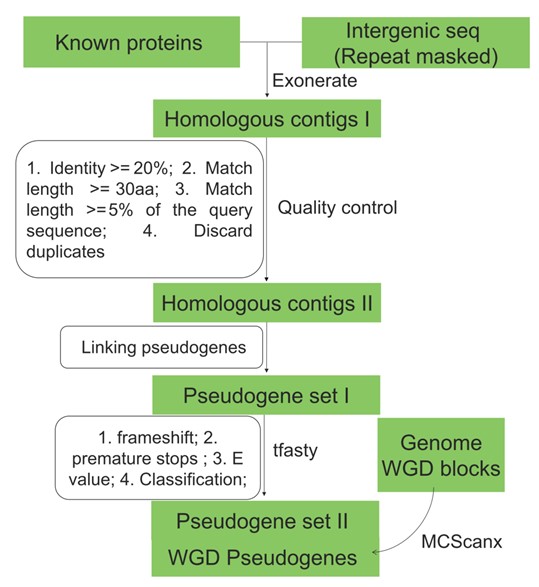
Evolutionary origins of pseudogenes and association with regulatory sequences (Plant Cell)
Plant Science Research WeeklyProtein-coding genes have undergone frameshifts, in-frame stop codons, and truncation to produce pseudogenes (Ψs), which had been thought to be non-functional. Recently, Ψs have been shown to play regulatory roles in gene expression by acting as a source of small interfering RNAs or sequestering microRNAs.…
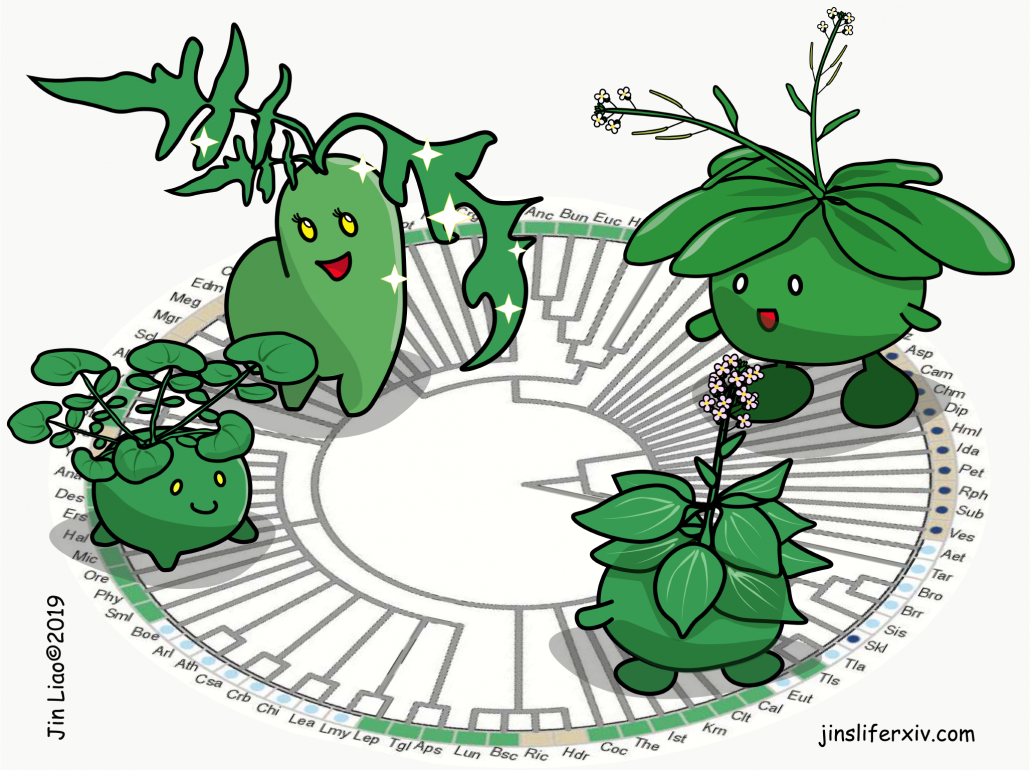
Understanding leaf shape development and diversity in Brassicaceae (New Phytol) ($)
Plant Science Research WeeklyMany economically important crops are in the Brassicaceae family, such as cabbage, mustard, and the model plant Arabidopsis thaliana. Recently, the systematics of Brassicaceae has assigned most of the species to 52 monophyletic groupings (tribes). However, relationships along the backbone of the phylogeny…
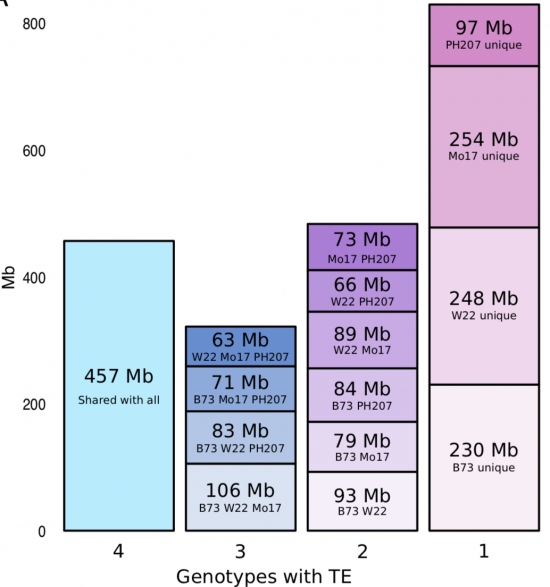
Transposable elements contribute to dynamic genome content in maize (bioRxiv)
Plant Science Research WeeklyTransposable elements (TE) constitute a large percentage of the maize genome. However, traditional studies based on reference genome alignment can result in large fragments that cannot be aligned, which could be due to TE insertions. The de novo assembly of four representative maize inbreds, B73, W22,…
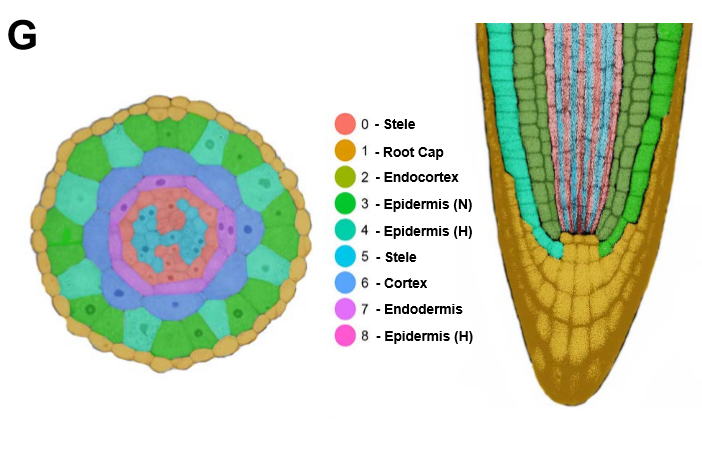
Single-cell RNA sequencing resolves molecular relationships among individual plant cells (Plant Physiol)
Plant Science Research WeeklySingle cell RNA sequencing (scRNA-seq) has transformed our understanding of gene expression within and amongst individual cells. These techniques have been applied extensively to animal cell populations to discover the development of specific cell lines and identify rare cell types but are not commonly…
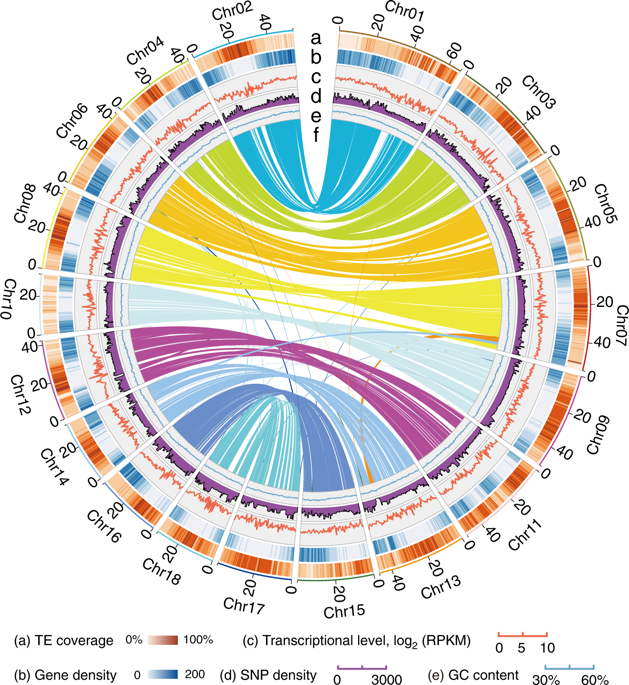
The genome of broomcorn millet: The fourth millet to be sequenced (Nature Comms)
Plant Science Research WeeklyWhole genome sequencing (WGS) unlocks the repertoire of genes encoded within the genome. From a structural genomics aspect, the sequence data enables the development of molecular markers and maps, and identification of novel QTLs/genes/alleles regulating the trait-of-interest. From a functional genomics…
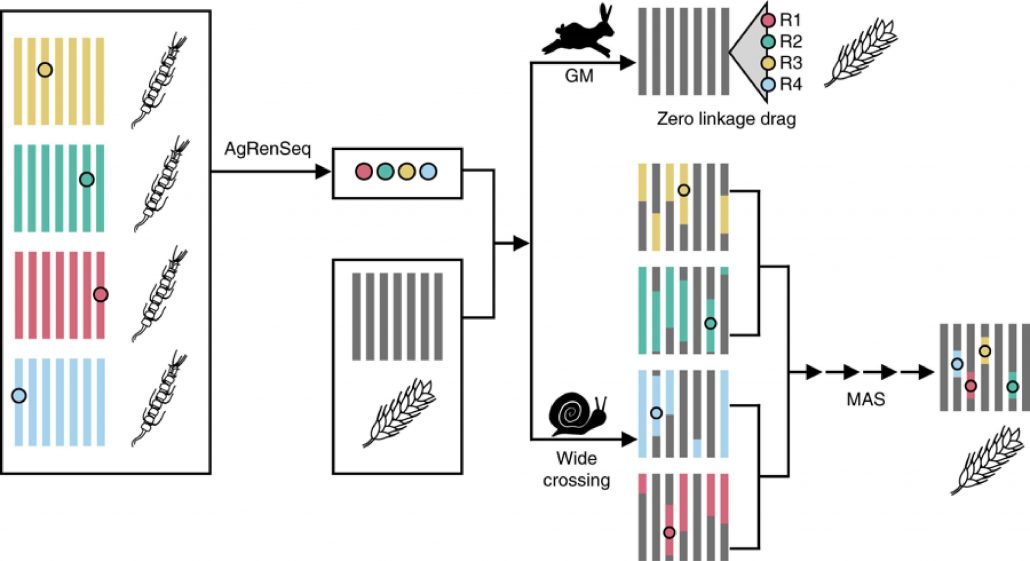
Tapping into the genetic diversity of wild crops for engineering disease resistance (Nature Biotech)
Plant Science Research WeeklyLack of sequence information makes harnessing the diversity of disease resistance (R) genes in wild crops highly challenging. Arora and Steuernagel et al. report AgRenSeq, a reference genome-free technique, for rapid cloning of nucleotide binding/Leucine-rich repeat (NLR) resistance genes from wild…
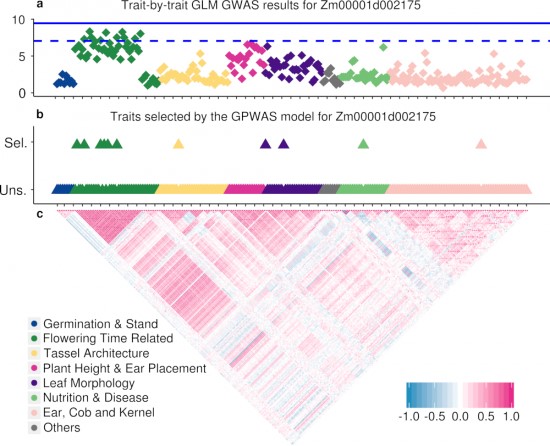
Distinct characteristics of genes associated with phenome-wide variation in maize (Zea mays) (bioRxiv)
Plant Science Research WeeklyHigh-throughput plant phenotyping is growing rapidly and enables the collection of dozens or hundreds of traits of the same plant genotype efficiently. The development of this technology expands the diversity of plant phenotypes and brings an opportunity for reexamining the connections between genotype…

